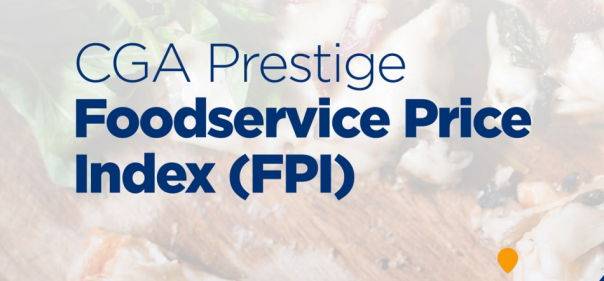
While only a small change from the Index’s record high of 22.9% in December, it marks the first drop in inflation since September 2021. All categories of the Index remain in double-digit inflation.
Oils & fats recorded the highest level of year-on-year increase at 42.2%, while milk, cheese and eggs continued to rise quickly at 37.7%. Vegetable prices are also feeling inflationary pressures, having increased month-on-month by more than 3.5% for three months in a row.
Shaun Allen, chief executive of Prestige Purchasing, said: “A fall in the level of inflation is welcome news, and even if it is a small one it is an encouraging reminder that price increases are at last beginning to slow down. We expect to see inflation easing slowly over the course of 2023 as commodity pricing and prior year impacts kick in.
“Slowing consumer demand within the sector will also impact hospitality sector sales volumes, which should also help to ease supplier prices. Energy and labour costs remain a significant challenge however, so the rate of inflation decline may be slow for some time yet.”
Energy costs continue to be at extremely high levels against a background of a tightening of Government support, and higher labour costs within supply chains show few signs of easing. A ‘significant reduction’ in food and drink prices is only likely to begin with an end to conflict in Ukraine, so the outlook for 2023 therefore remains volatile.
James Ashurst, client director at CGA by NielsenIQ, added: “The foodservice sector has been battered by inflation for a long time now, and on top of the disruption triggered by Covid it has left some businesses extremely fragile.
“A month-on-month drop in inflation is an encouraging start to the year, but with key costs still so high and consumer spending under severe pressure, it is clear that trading conditions will remain tough for the foreseeable future. It emphasises the need for targeted government support to help sustain businesses through these challenges.”